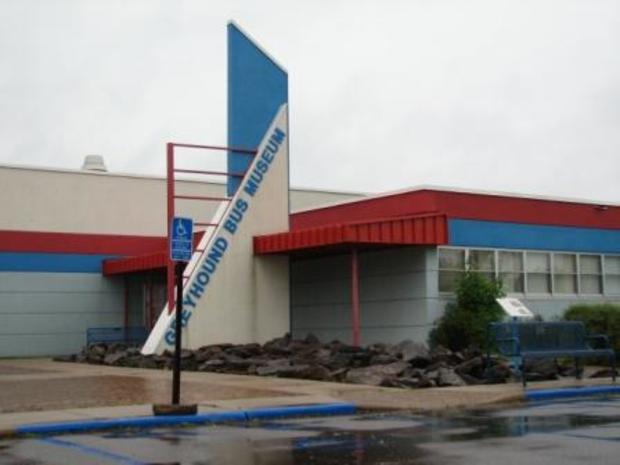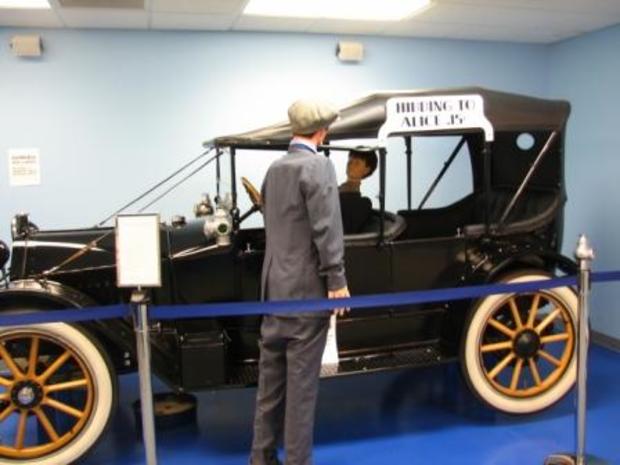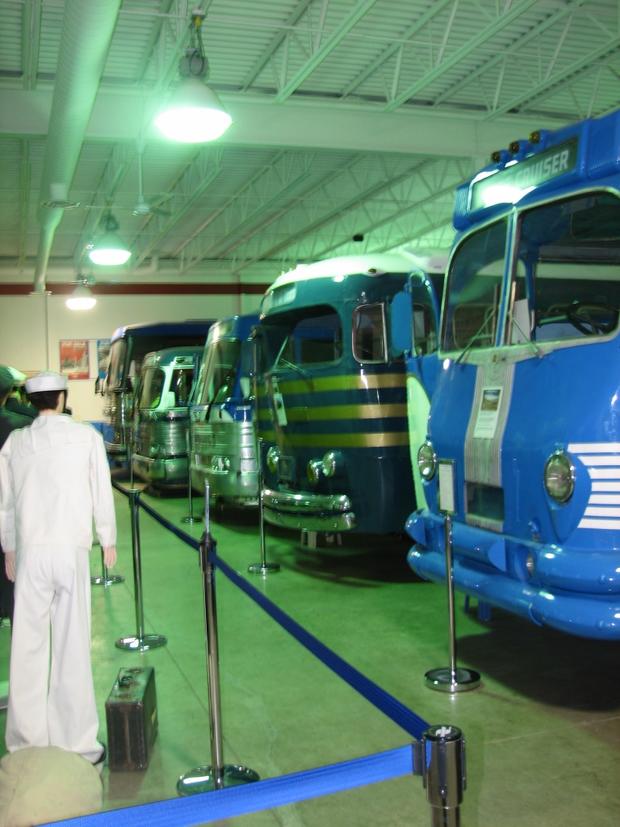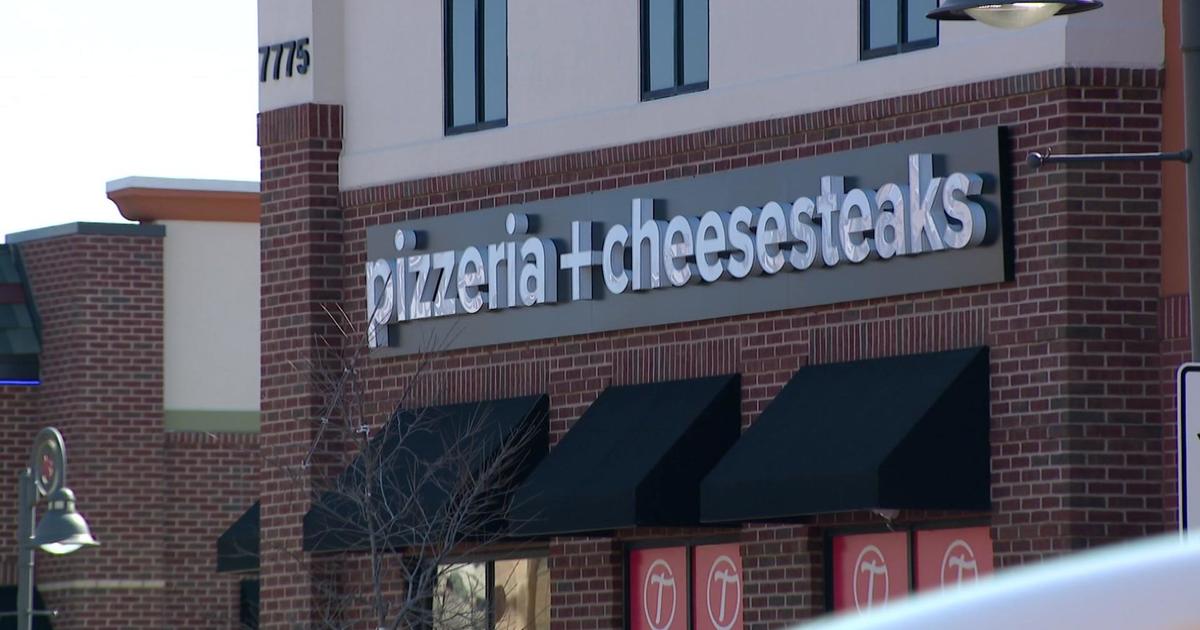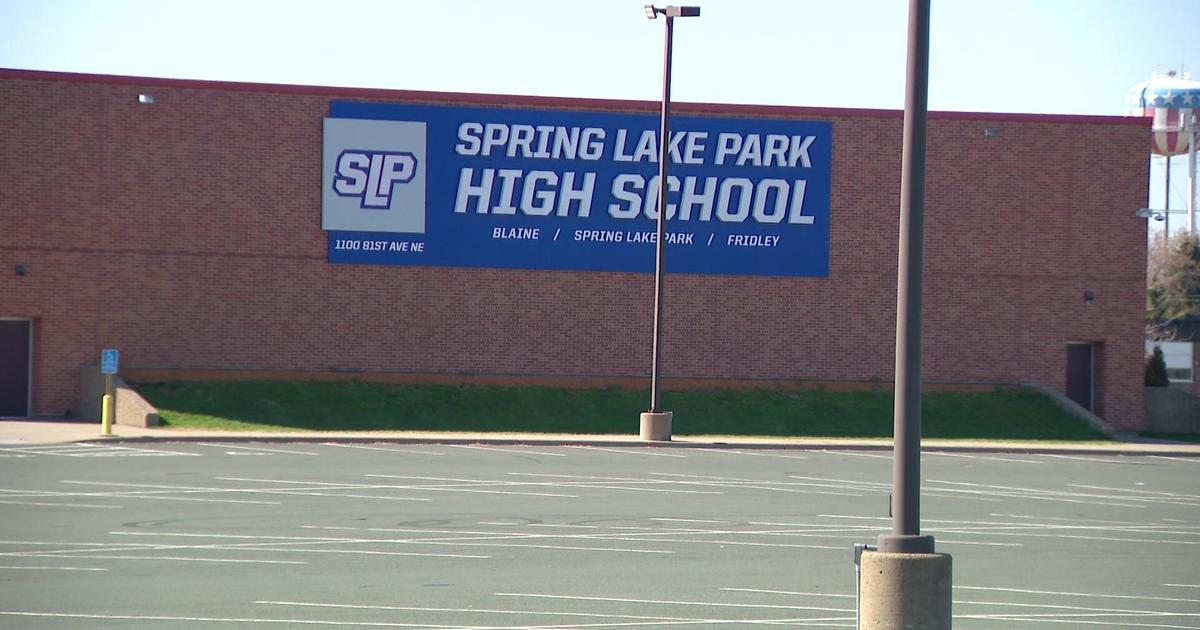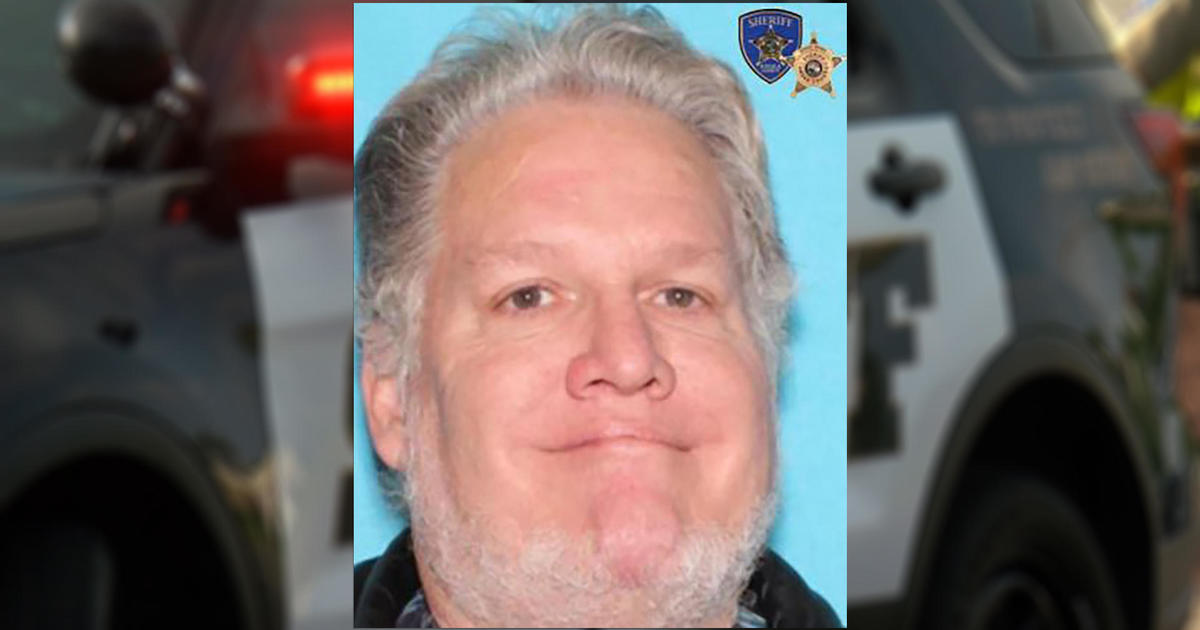Wander MN: Small To Mighty: Greyhound
Necessity is the mother of invention. It's a cliché, but it's also often true. Case in point: the Greyhound Bus Museum.
Just outside of downtown Hibbing (and right on the way to another excellent spot to visit, the Hull Rust Mahoning Mine, is this cheerful building with a wealth of information about the humble beginning of what came to be a North American icon.
It started as the Hupmobile in 1914. A Swedish immigrant opened a dealership in Hibbing, but found they weren't selling. But there was another kind of need in his market, and he used his last Hupmobile to fill it: giving ore miners transportation from Hibbing to Alice (a saloon hub of the day) for 15 cents.
The next year, the single-route service merged with a similar company offering drives to Duluth. It was a pattern that continued over the following decade, and in 1926 the expanded transit line came to be known as Greyhound. (Or, as many snuff-chewing miners called it, the "Snoose Line"—they had only to tap on the snooze box to let the driver know they wanted to be picked up.)
By the next year, Greyhound had developed a national bus system. Although it seemed like Greyhound was competing with the ever-growing railroad, in reality, the two found ways to collaborate, with Greyhound providing services too small for the railways to consider.
The company continuously reinvented its vehicles, experimenting with size and for a while offering double-deckers. The photo above shows one such bus being explained to then-star Eddie Cantor, and the one below shows one iteration of a double-decker.
The museum has an extensive collection of Greyhound memorabilia, and a well-thought-out narrative to go along with it. Greyhound's role on the Iron Range is covered, as well as its national presence and its service during WWII, when one of its primary missions was transporting soldiers.
There are extensive collections of driver uniforms and replica toys, which give a surprisingly comprehensive view of the growth and development of Greyhound. There's also a chuckle-providing wall of stories told by former drivers. Apparently difficult passengers are not just a modern-day phenomenon.
There's a large collection of vintage buses to visit as well. Visitors are welcome to step on board, but are asked not to touch anything. Still, just being able to peer inside one of the older incarnations gives one a better sense of the history of this company, founded on necessity.
What else is happening in our state? Be sure to check out the 10 p.m. Sunday night WCCO newscasts, where you can learn more in the weekly segment, Finding Minnesota.
